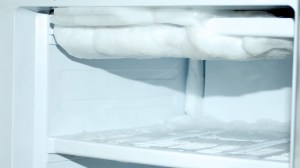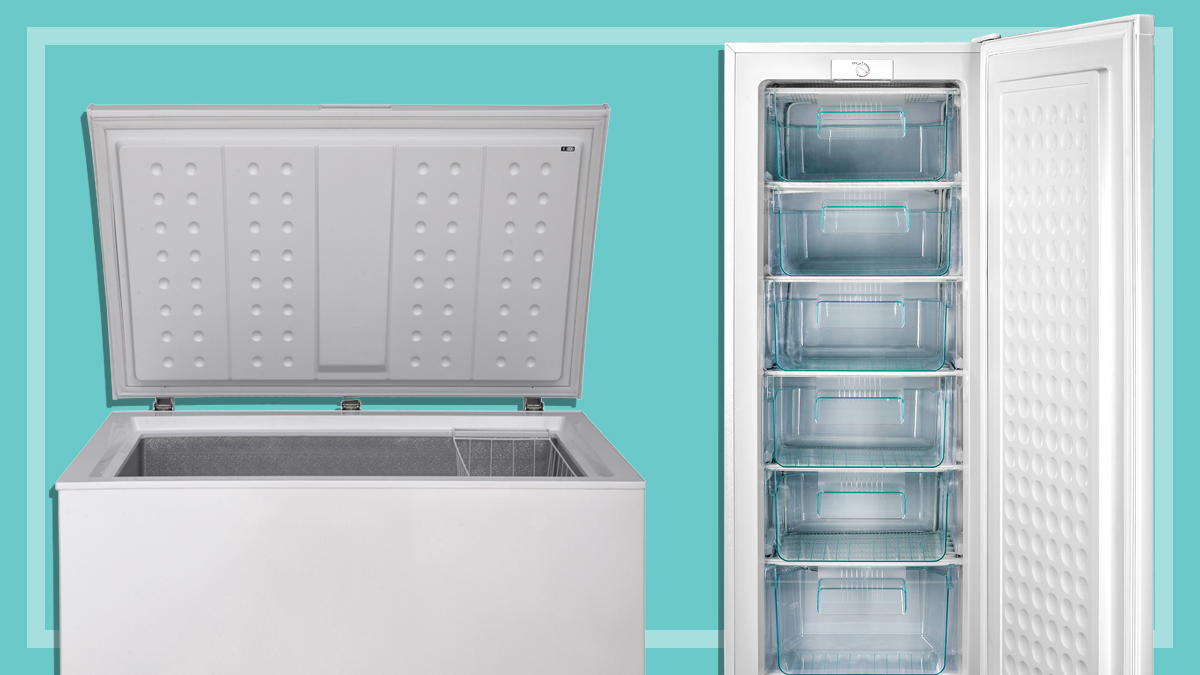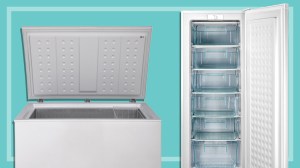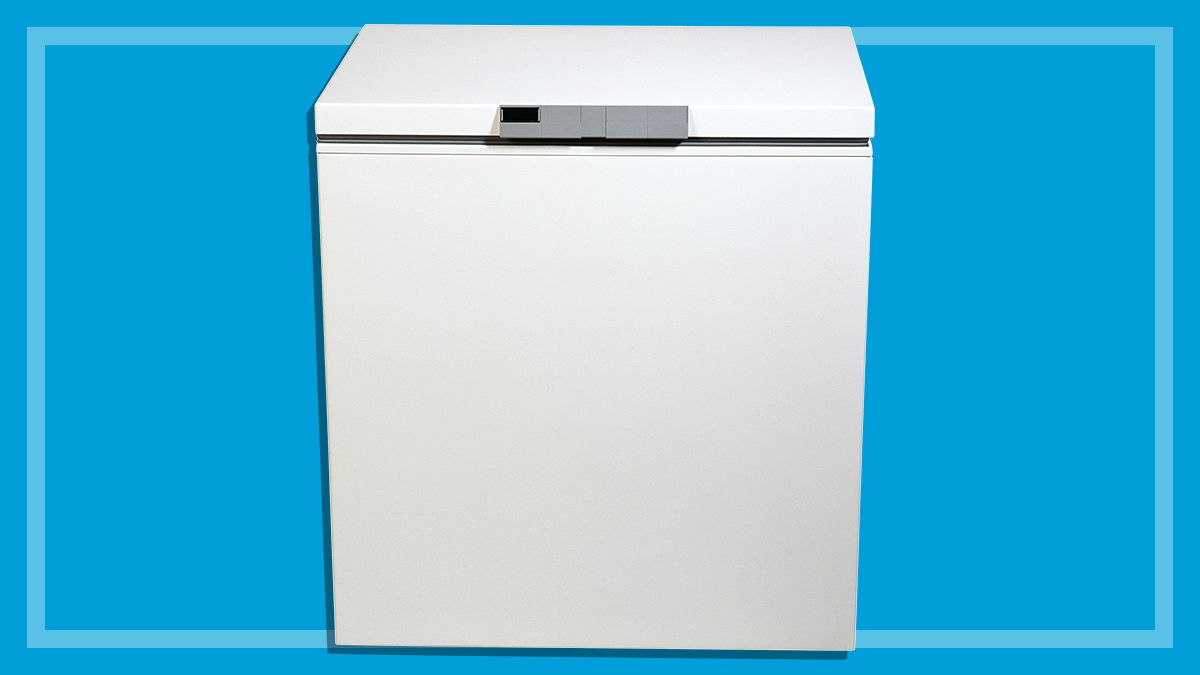
How to find the best freezer

In need of somewhere to store bulk meat buys to feed a big family, or the entire Haagen-Dazs range for your out-of-control ice cream habit? A separate chest or upright freezer could be just what you need.
Is a separate freezer worth the extra cost?
If you’re a smart grocery shopper, the savings you make from buying and storing discount meat and other frozen foods could more than make up for the purchase price of your freezer in the long run. Like fridges, freezers are initially high-cost, but they should also last you a long time – provided you buy a good one.
Chest or upright freezer?
There are two types of freezers on the market: chest (also known as deep freeze) and upright.
Chest freezers
Chest freezers are the traditional type with the lid on top (the kind you fell into as a kid reaching for an ice block).
Pros
- Better performance.
- Cheaper to buy.
- Generally cheaper to run.
- In power blackouts, they keep your food cooler for longer.
Cons
- You need to bend over to reach in, so they’re not suitable for people with a bad back or mobility issues.
- For the vertically challenged, the deeper freezers could see you ending up in cold storage yourself!
- Some models have lift-out baskets and vertical dividers, but they’re still harder to keep organised – you’ll end up rifling through all your frozen goods to find the choc chip ice cream you’re looking for.
- Need to be manually defrosted, which is a lot of work.
- Larger footprint than upright freezers.
Upright freezers
Upright or vertical freezers are a more recent design that opens up like a fridge.
Pros
- Easier to load and unload.
- Have shelves or drawers that allow you to easily organise your frozen goods.
- Most models are frost-free so you don’t have to defrost them.
- Smaller footprint than chest freezers.
Cons
- Performance is generally not as good as chest models.
- More expensive to buy and to run.
CHOICE tip: Does your frozen food suffer from unsightly white or grey spots? This is freezer burn caused by dehydration and oxidisation, which tends to happen more in a frost-free freezer due to the moving air. To keep your frozen food in optimum condition, wrap it well leaving no air gaps.
How much energy does a freezer use?
Energy efficiency is an important consideration when choosing a freezer because like your fridge, your freezer is always on. Unlike your fridge though, the entire freezer is at an extremely cold temperature, which requires a lot more energy than your fridge, where the majority of its chilled mass is a relatively balmy 3°C. This makes choosing an efficient freezer really important, and your hip pocket will thank you.
Just as with fridges, larger freezers will use more energy overall than smaller ones and the energy star ratings can help you compare relative energy efficiency. And while star ratings between fridges and freezers are not comparable because of the higher energy needs of a freezer, you should still lean towards the one with more stars when choosing between similar sized models because it will cost you less to run.
How much less? Here’s the difference in running costs for similar capacity freezers with different energy star ratings.
| Energy star rating | 3.5 stars | 3 stars | 2.5 stars | 2 stars |
|---|---|---|---|---|
| Energy consumption | 305kWh | 340kWh | 392kWh | 462kWh |
| 10-year running cost | $915 | $1020 | $1176 | $1386 |
Chest or upright freezer – which is more energy-efficient?
There’s really very little difference between the two form factors when it comes to energy efficiency, so decide whether a chest freezer or upright freezer is better for your needs first, then look for an energy-efficient freezer of your preferred type.
What else to look for in a freezer
Size
Look for a freezer that suits your storage needs and will fit into your allocated space. If you’re buying a very large freezer, make sure it’s going to fit through your front door.
Running costs
Chest freezers generally use less power because of their design. Having a lid on top means that not as much cold air escapes when you open them up. Check the kWh number on the energy rating label – the lower the number, the less it’s going to cost you to run the freezer.
Controls
Many freezers have controls at the rear of the unit and at floor level. Make sure they can be easily accessed, but concealed from curious little fingers.
Rollers
Rollers on the base make it easier to move the freezer for cleaning, installation and accessing controls.
Freezer liner
Look for heavy-duty liners that won’t damage easily – some freezers may have thin aluminium liners.
Interior light
A light is useful for identifying which flavour ice cream you’re grabbing!
Internal storage
Baskets and partitions will help keep your chest freezer from turning into a frozen abyss. For an upright freezer, a combination of shelves and drawers is the most versatile layout.
Drain
On chest freezers, a drain high enough to fit a suitable container makes defrosting easier.
CHOICE tip: If you’re planning on keeping the freezer in the garage or any other area that can get hot, you’ll need a model that responds well to changes in outside temperature – check the results of our freezer reviews to make sure you buy the best.
How much do freezers cost?
Chest freezers typically cost between $400 and $1500, while upright freezers range in price from $700 up to $4200. There are a few outliers, though – like aspirational ranges from Miele or Sub-Zero that reach $14,000 and over!
Related





